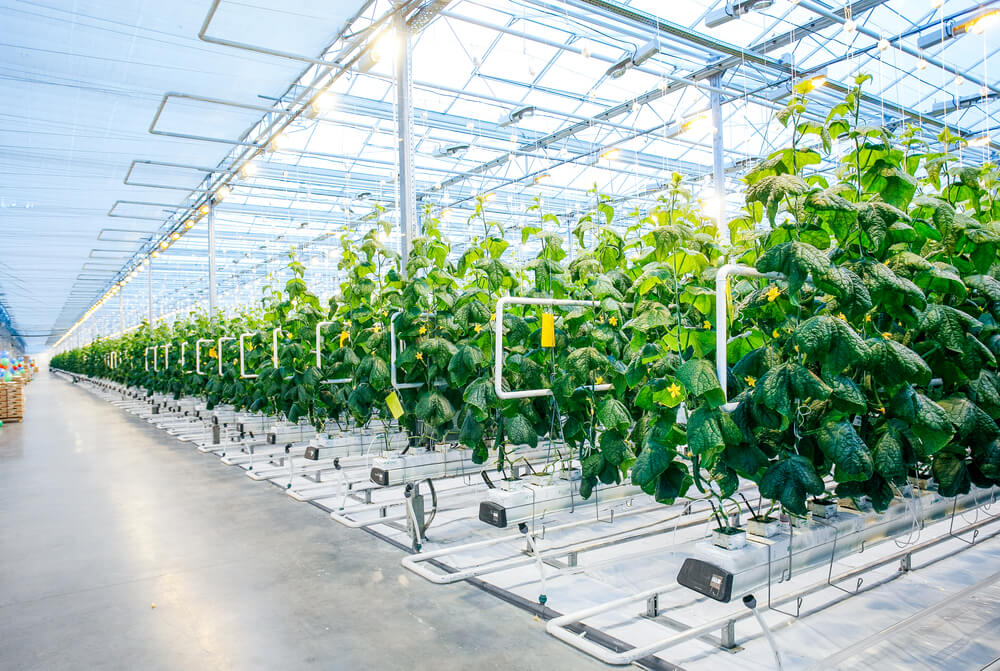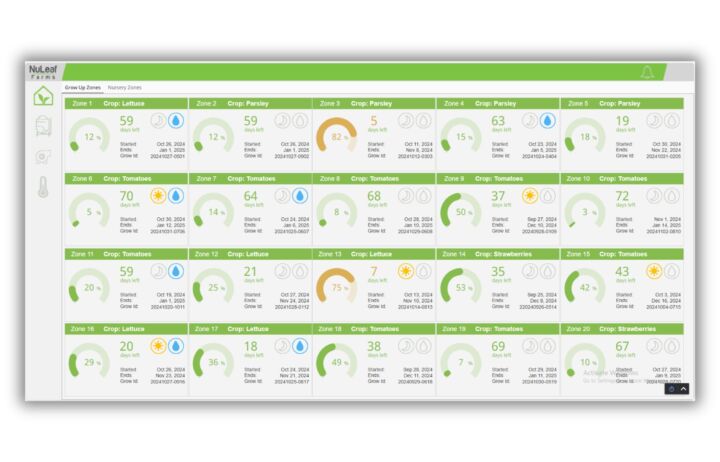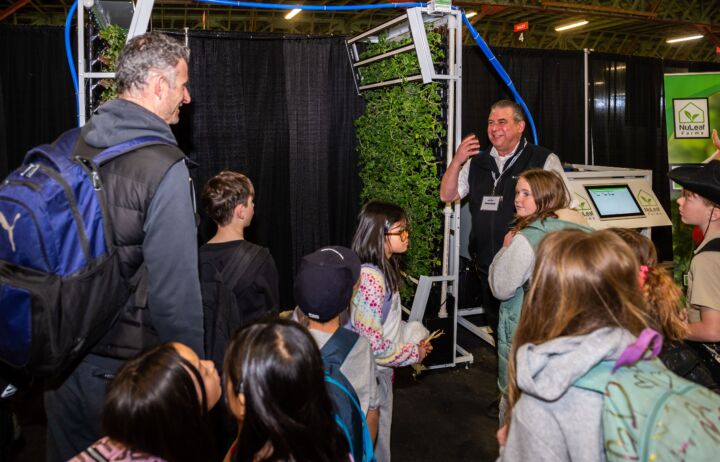
The Future of Agriculture: A Deep Dive into Indoor Farming
How we produce and consume food leaves a substantial environmental footprint, which will grow more significantly if we continue relying on traditional agricultural practices. Agriculture is a notable factor in environmental issues like climate change, deforestation, and soil degradation.
The United Nations anticipates that the global population will grow to 9.7 billion by 2050, intensifying the demand for food. With half of the planet’s habitable land already in agricultural use, we’re nearing the limits of our resources.
Urban farming is not a fleeting trend but an imperative response to today’s most critical agriculture challenges. Sustainable eating is more than a concept—it’s a necessary shift, particularly in our increasingly urban world.
The Emergence of Urban Farming
Urban agriculture, the cultivation, processing, and distribution of food in and around urban areas, is emerging across rooftops, vacant plots, balconies, and even in city basements under the glow of LED lights.
Traditional agriculture—with its sprawling rural farms—is struggling to meet these demands sustainably, given its heavy carbon footprint due to transportation and extensive resource consumption.
Urban farming offers a new way of doing things. It’s about leveraging cutting-edge technology to cultivate produce where people live and creating a food system that’s robust and sustainable.
The scope of urban farming stretches beyond just providing local fresh produce. It envisions a circular economy that minimizes waste, boosts resource efficiency, enhances biodiversity, and brings communities together through shared green spaces.
Vertical Farming
Vertical farming is exactly what it sounds like: crops are grown in vertically stacked layers, maximizing space efficiency. This method can drastically boost yield, allowing us to produce much more food on the same land footprint.
However, vertical farming is more than just stacking plants. It often incorporates Controlled Environment Agriculture Technology (CEA), which enables the growth of plants indoors, where conditions can be optimized. Maintaining this controlled ecosystem is crucial; just as crops in the field can be lost to bad weather, indoor crops can suffer from even minor environmental imbalances.
Vertical farms typically produce leafy greens, herbs, and microgreens, although some also grow fruits, flowers, grains, and other vegetables. The innovative technology behind vertical farming includes precision monitoring and adjustment of conditions through data science and software. Natural sunlight is sometimes harnessed to supplement, or artificial lighting is used.
Nutrients are delivered via hydroponic or aquaponic systems—all soil-less or substrate-based approaches. These systems conserve water and nutrients, leading to reduced environmental impact.
Hydroponics and Aquaponics
Hydroponics and aquaponics are both soil-less agricultural systems that use nutrient-rich water to grow plants, but they have some distinct differences primarily related to how they supply nutrients to the plants and their overall ecosystem setup.
Hydroponics:
Hydroponics is a method of growing plants without soil, using mineral nutrient solutions in an aqueous solvent. Plants are typically grown with roots in the nutrient solution alone or an inert medium, such as perlite or gravel.
The key elements of hydroponics include:
- Plants receive their nutrients from a water-based solution enriched with mineral nutrients necessary for plant growth.
- Hydroponic systems allow for precise control over environmental conditions such as temperature, humidity, and light exposure.
- No other living organisms are involved; the system focuses solely on plant growth.
- Hydroponics is water-efficient and can be set up in places without arable land. It allows for high-density planting, yielding higher than traditional soil-based farming.
Aquaponics:
Aquaponics combines aquaculture (raising fish or other aquatic animals) with hydroponics (cultivating plants in water) in a symbiotic environment.
In an aquaponic system, the key elements include:
- The waste produced by aquatic animals supplies nutrients for plants grown hydroponically, purifying the water that goes back to the fish tanks.
- Fish, snails, or other aquatic creatures are raised in tanks, and their waste provides an organic nutrient solution for the growing plants.
- Plants help to filter and clean the water, which reduces the need for changing the water frequently and thus conserves water.
- Aquaponics mimics natural waterways and relies on a balanced ecosystem to sustain plant and animal life. It is a closed-loop system that utilizes natural processes to benefit crops and fish.
The Advantages of Vertical Farming
The advantages of vertical farming are closely tied to sustainability. Efficient space usage and reduced resource consumption are among the benefits, alongside higher productivity, year-round crop production, shorter supply chains, and waste reduction. We’re creating healthier food and a more sustainable system by eliminating pesticides and fostering controlled agriculture.
Nevertheless, vertical farming isn’t a universal remedy. It comes with challenges like high initial costs, ongoing energy demands, and the unsuitability of certain crops that require large amounts of soil. Since it’s a relatively new concept, it faces skepticism from those who favour traditional farming methods.
Despite the hurdles, the promise of vertical farming is inspiring. Vertical farming offers a transformative solution, especially in densely populated areas.
A Greener Future
Vertical and traditional farms will likely coexist as we move forward, collaborating to create a resilient, sustainable food system. The emergence of vertical farming shows that our present limitations do not constrain us, and it’s a hint of the vast potential for change in the years to come.
Whether nurturing herbs on a windowsill, delving into hydroponic ventures, or planning urban green spaces, you’re part of the urban farming community and a narrative of growth, innovation, and togetherness.
NuLeaf Farms Supporting a Sustainable Future
Our family-owned business aims to help build a secure and sustainable food future. Working with technology and plant science, we offer sustainable farming solutions to grow year-round in almost any location while utilizing less natural resources than traditional agriculture.
Our 10,000-square-foot facility in Calgary, Alberta, is home to helping grow the next generation of farmers. We provide equipment, supplies and support to help educate people on indoor farming and the benefits of increased food security.
At NuLeaf, we are passionate and committed to sustainable indoor farming systems, and we offer a range of products to help you get started. From small-scale countertop gardens to automated systems, every level of experience and ambition can find something for them.








